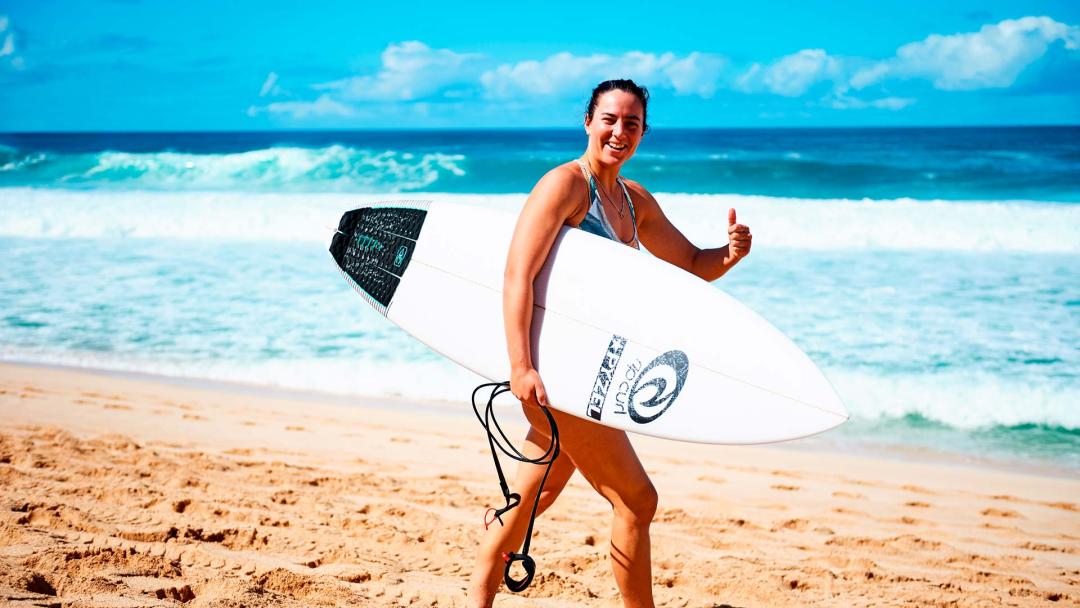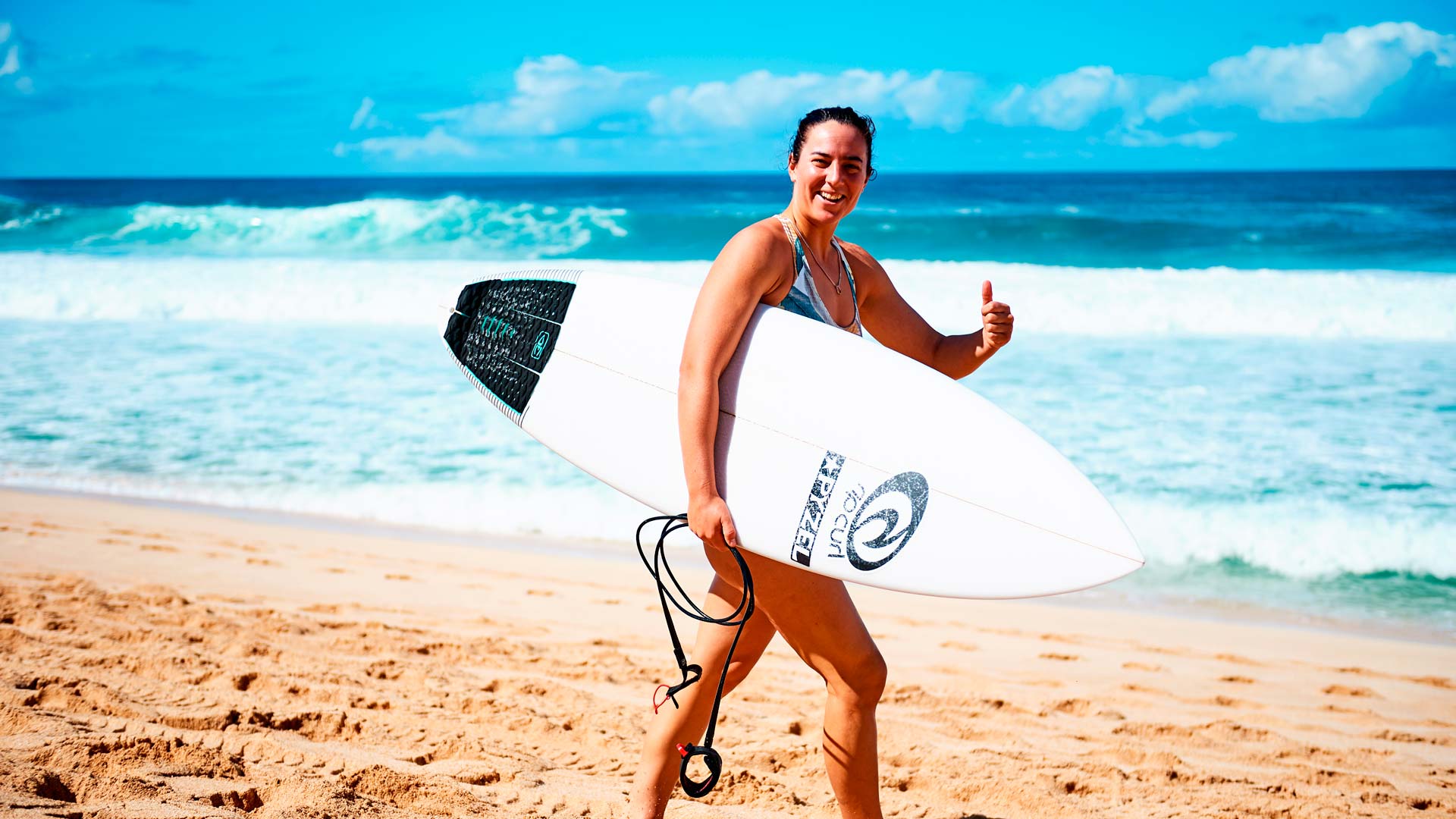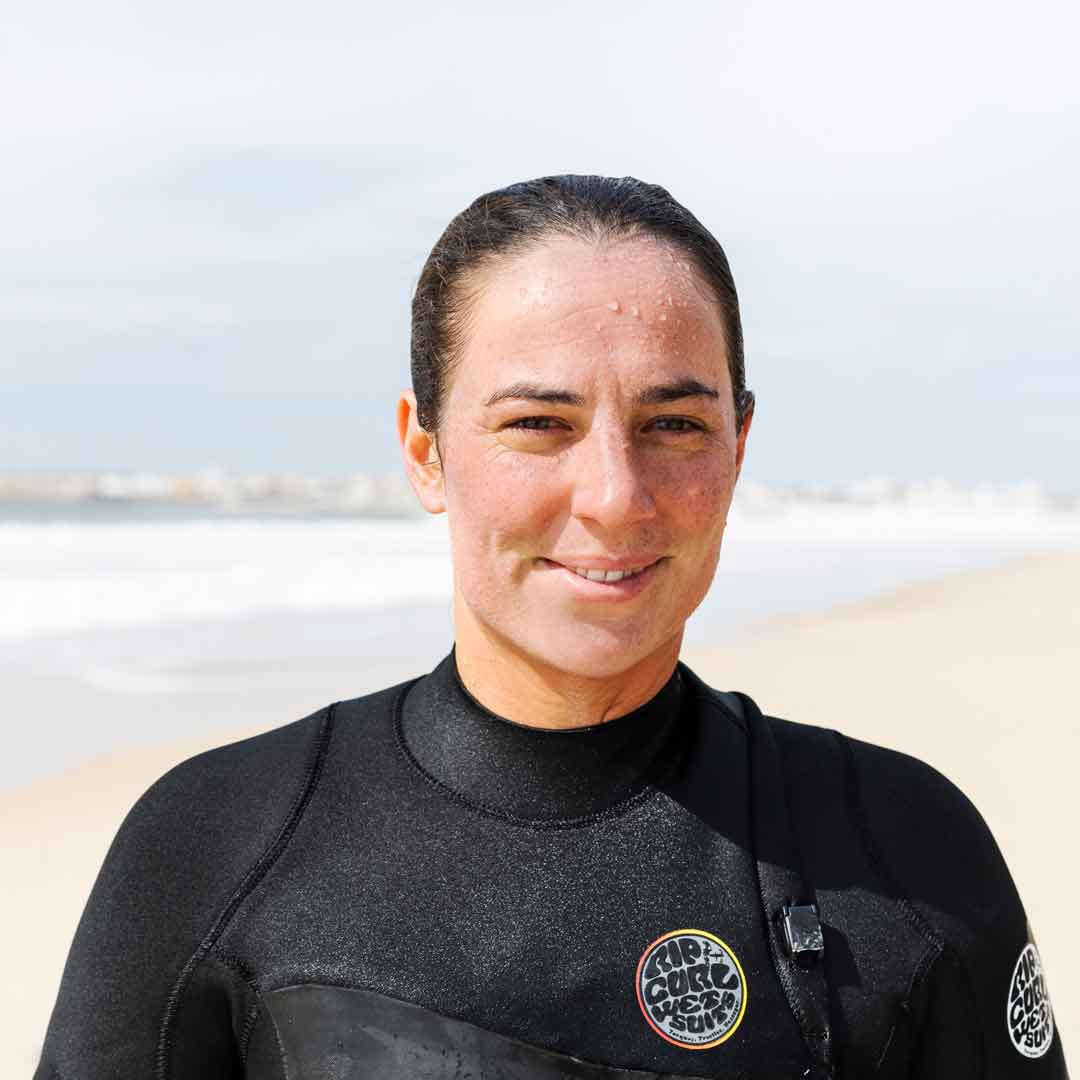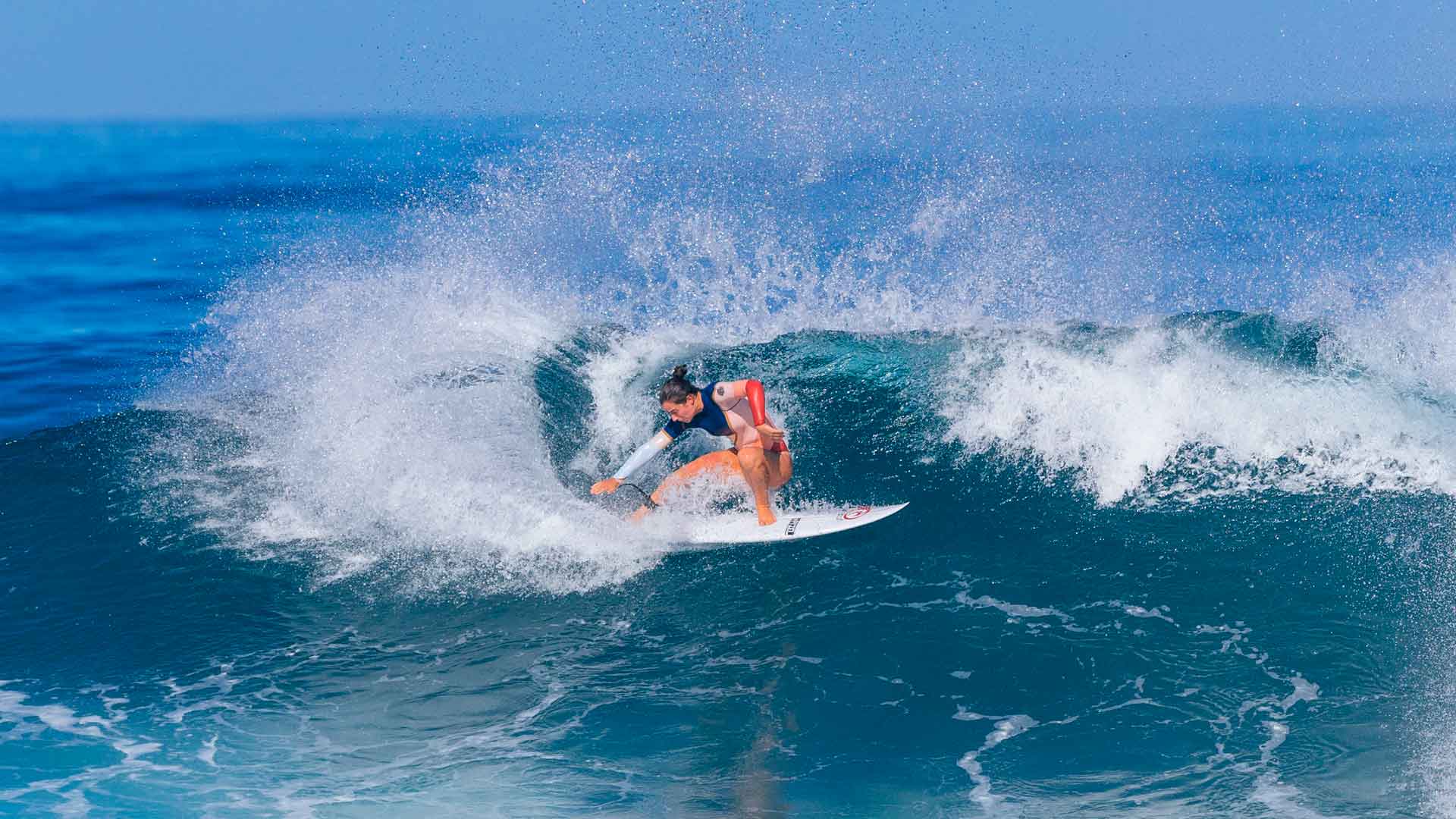

Learning to Read the Ocean with Tyler Wright


One of our goals throughout our ‘Summer Looks Good On You’ campaign is to encourage more women to get out and enjoy the ocean.
We want to help you to feel more confident and inspired than ever before to grab a board and go surfing. However, we know that often certain barriers or challenges exist that can prevent many women from feeling comfortable in the water. That’s why we’ve decided to call on some of our most fearless and inspiring female athletes to share their wisdom and pass on some tips for success. By sharing our experiences and uplifting one another we can make the ocean a more accessible and less daunting place for all. Because the ocean is for everyone, and we hope that no matter who you are or your ability level, you will find some value in these interviews.
So, without any further ado, we present to you some pearls of wisdom on ‘how to read the ocean’ with 2x Surfing World Champion, Tyler Wright.
Rips are often identified by a deep channel of water where no waves are breaking. The water in a rip is often discoloured due to sand or debris being moved out to sea with the current. If you’re swimming then rips are not your friend, but if you’re surfing then rips can be a really easy way to navigate your way into the line-up. You can use the deeper water of the rip to paddle out without having to battle the oncoming white water.
How can you stay safe in the water?
Staying safe in the water is always easiest when you’re honest with yourself and when you know where your skills set lies. It’s also important to assess what the conditions look like on the day, and if you can handle the crowd. It’s important to learn what to do with your board if you get into a tight spot and how to navigate your way out of a tricky situation.
If you’re trying to improve your skill level, try to have someone with you who knows what they’re doing to help guide you. You should aim to go out in conditions that you are comfortable with first, and then build slowly from there as your confidence and your skills increase. Learning in crowded places is tricky at any level. I always like to surf less crowded waves, if possible, especially if I’m learning something new.


What do you look for when you’re choosing where to paddle out?
Paddling out is often best in a channel. If there’s no rip or channel, always aim for where the least number of surfers are riding waves, even if that sometimes means taking a few extra waves on the head. If you have to bail your board, make sure that you’re not in front of anyone else and that no one could get hit by your board.


Any tips for learning how to read a surf report?
I’m still learning how to read a surf forecast myself [laughs]. My advice would be to start simple and then go from there. I like to use what I call ‘surf forecast for dummies’ on Magic Seaweed. You type in the name of the beach, and it will pop up with the current conditions and the forecast.
Generally, it will show red, orange, or green colours. Green usually means the conditions are good and red indicates the conditions aren’t so good. Not super sophisticated on my behalf, but it has worked for me this far.
It’s also important to learn what conditions you like to surf in. For instance, if you prefer going out when it’s a bit smaller, then you need to make sure you’re paying attention to how big the swell will be.
Any last advice?
I think surfing with friends is always the best, even if you are learning together. Surfing is a such an empowering and beautiful way to connect with yourself and Mother Nature. It’s super badass. I’ve been surfing all my life.


